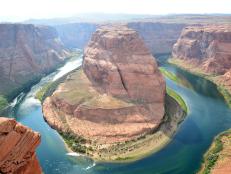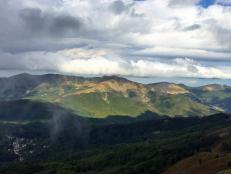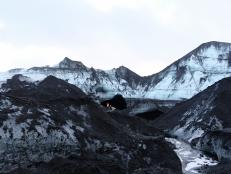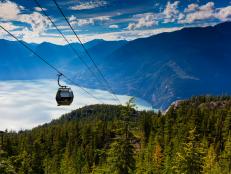Can’t Make It to the Grand Canyon? Check Out These 7 Stunning Alternatives
You’ve heard of the Grand Canyon, but you may not be as familiar with these natural wonders nicknamed for the famous Arizona landmark. Discover seven breathtaking places that claim the "Grand Canyon" title for their respective states or regions.

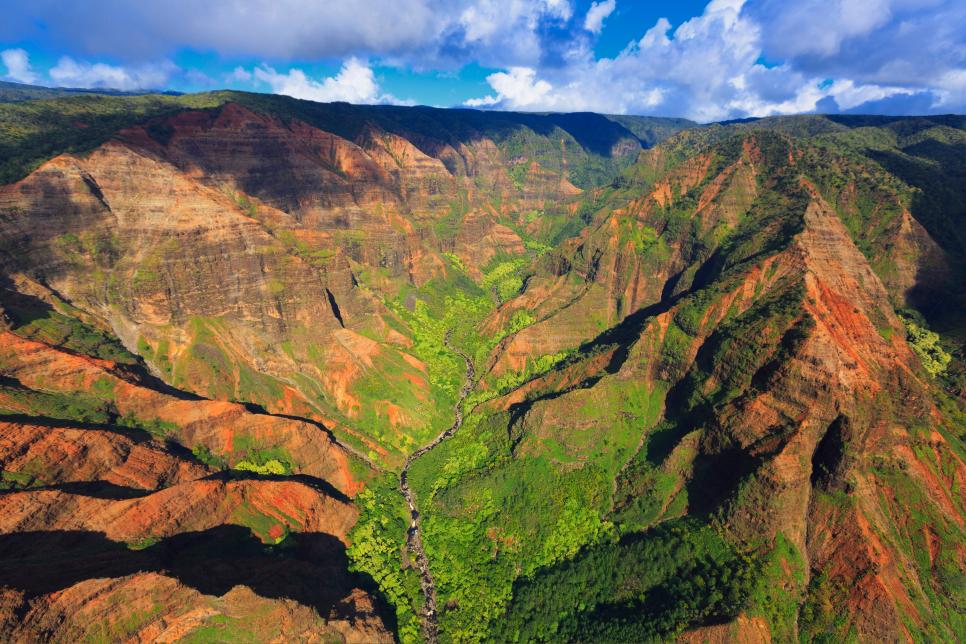
Photo By: Pawel Gaul/iStockphoto
Photo By: JimVallee/iStockphoto
Photo By: zrfphoto/iStockphoto
Photo By: zrfphoto/iStockphoto
Photo By: SeanPavonePhoto/iStockphoto
Photo By: DanielBendjy/iStockphoto
Photo By: Breaks Interstate Park
Waimea Canyon
"The Grand Canyon of the Pacific"
Though it’s not as large or as old as its Arizona counterpart, this canyon on the Hawaiian island of Kauai will stun you with its vibrant hues of red, brown and green. Carved thousands of years ago by erosion from the Waimea River, this geological wonder is about 10 miles long, one mile wide and up to 3,600 feet deep. You can view Waimea Canyon from several spots along Highway 550, or you can get up close and personal by hiking one of the many available trails.
Letchworth State Park
"The Grand Canyon of the East"
Located about 40 miles southwest of Rochester, N.Y., Letchworth State Park spans more than 14,000 acres, following the course of the Genesee River as it flows through a deep gorge over three major waterfalls. The dramatic cliffs — as high as 600 feet in some places — are surrounded by lush forests. There are 66 miles of hiking trails to explore, plus trails for horseback riding, biking, snowmobiling and cross-country skiing. For a unique birds-eye view, consider a hot air balloon tour.
Pine Creek Gorge
"The Grand Canyon of Pennsylvania"
Almost 50 miles long and more than 1,000 feet deep, Pine Creek Gorge is particularly beautiful in the fall when the leaves turn to gorgeous shades of red, yellow and purple. Year-round, though, this spot offers spectacular views of unspoiled forestland. The Pine Creek Rail Trail, a former railroad bed converted into a biking and walking trail, is a popular way to enjoy the gorge. You can also canoe, raft or kayak on the water, or admire the scenery from overlooks at Leonard Harrison and Colton Point State Parks.
Palo Duro Canyon
"The Grand Canyon of Texas"
At 120 miles long, up to 20 miles wide and more than 800 feet deep, Texas’ Palo Duro Canyon is the second-largest canyon in the United States. You can explore it via 30+ miles of hiking, biking and equestrian trails. Don’t miss a photo op with "the Lighthouse," the canyon’s most famous rock formation.
Providence Canyon
"Georgia's Little Grand Canyon"
Set about 150 miles south of Atlanta, Providence Canyon has an unusual backstory. Its massive gullies — as deep as 150 feet in some areas — were formed by erosion from years of poor farming practices in the 1800s. However, its dramatic sandstone formations and colorful soils in shades of pink, red, orange and purple are an incredible sight today. The rare plumleaf azalea, found only in southwestern Georgia and eastern Alabama, blooms here in July and August.
Royal Gorge
"The Grand Canyon of the Arkansas"
Carved over millions of years by the Arkansas River, this narrow yet impressive canyon in Colorado stretches for 10 miles, and its red granite walls tower over 1,000 feet tall. One of the world’s highest suspension bridges crosses the gorge, which you can walk over for an unforgettable view. Or — if you’re feeling particularly daring — try the Royal Rush Skycoaster, a 50 mph freefall ride that momentarily dangles 1,200 feet over the river.
Breaks Interstate Park
"The Grand Canyon of the South"
Spanning across Virginia and Kentucky, Breaks Park is home to the deepest gorge east of the Mississippi River, plunging more than 1,600 feet. There are numerous ways to explore the park’s amazing scenery, including more than 25 miles of hiking trails and 12 miles of biking trails. Boats and canoes are available for rent on beautiful Laurel Lake, or — for serious adventurers — whitewater rafting is offered on the Russell Fork River, known for its particularly challenging rapids.
